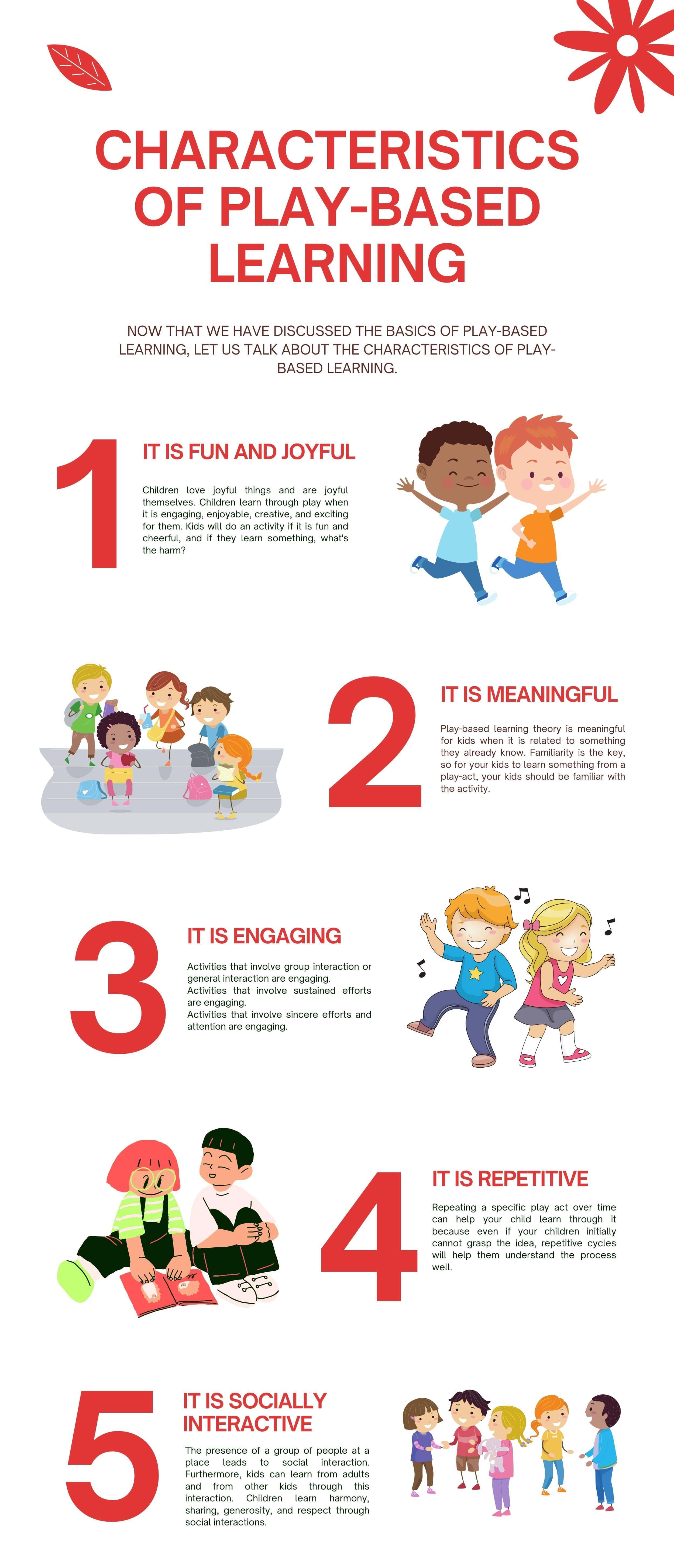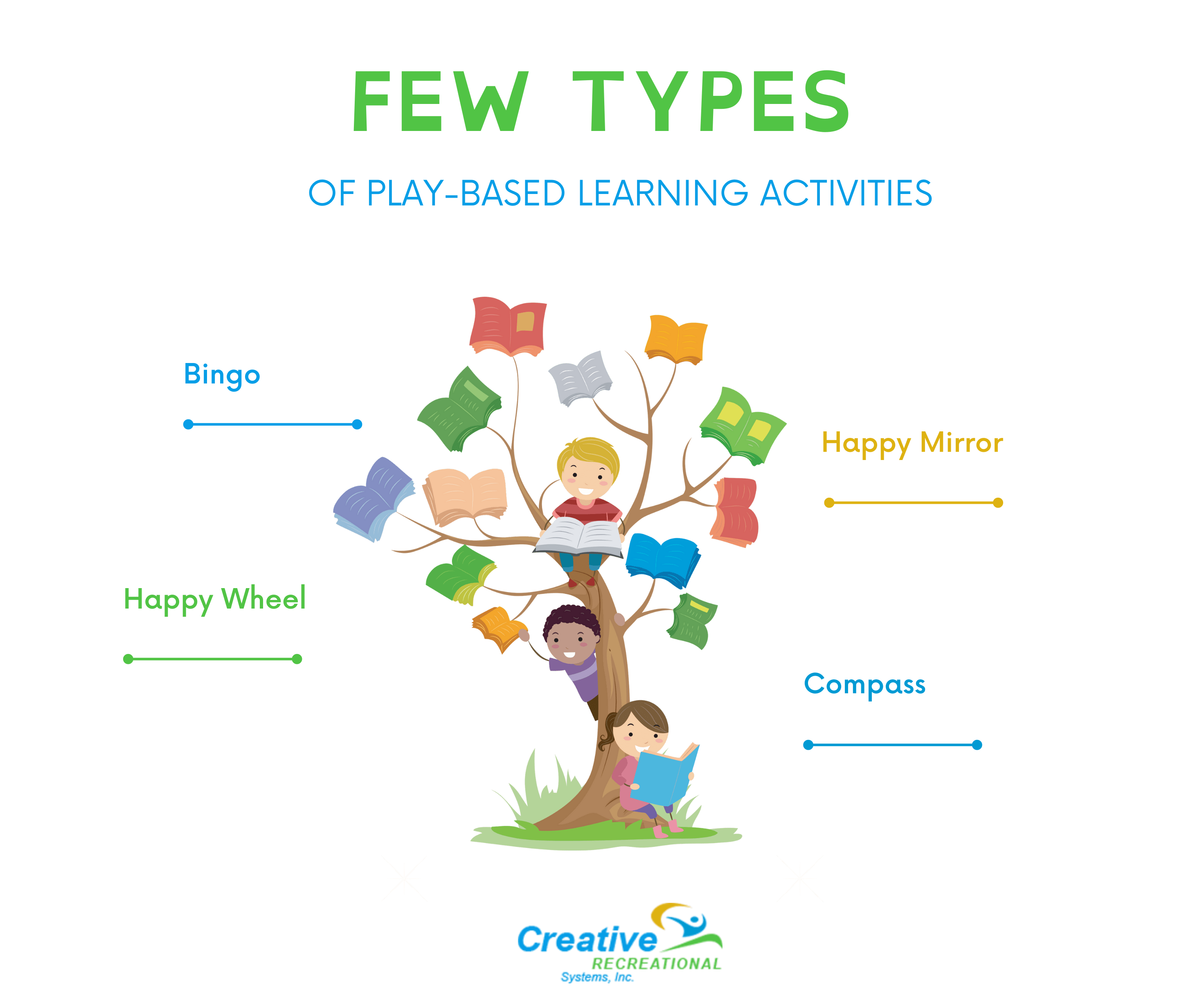
Why Is Play-Based Learning So Important For Kids?
|
|
Author: Austin Stanfel
Have you thought of ways play-based learning is helping your child? Most parents are unaware of how much play-based learning offers in their kids’ lives and count it as time; today’s blog post aims to educate people on this mindset and let them know how they are making their kids miss out on a lot and how they can make the most of this time. Let us dig in.
What Is Play-Based Learning?
Play-based learning, also known as learning through play, is a psychological and educational approach focusing on how kids can learn while playing Psychologists now believe that through play, children can learn while playing, and even more so. We will talk about different aspects of the play-based approach to learning in detail, so stay connected.
Play-Based Learning Theory As A Teaching Approach
Play-based learning as an approach involves knowledge backed up by both teacher-supported aspects and children-initiated understanding. Teachers engage the children in various activities and inquire them in different ways for interaction, which leads to more thoughts and better thinking, which equals better learning for kids.
It is based not only on children’s interactions with teachers but also with other children. Peer interaction plays its part too. Kids play together, learn, discuss ideas, manage their problems, and many more, which is all a part of their learning.
What Are A Few Characteristics Of Play-Based Learning?
Now that we have discussed the basics of play-based learning, let us talk about the characteristics of play-based learning.
1. It Is Fun And Joyful
Kids are joyful and love things that are joyful too. So, kids learn through play when they find the play engaging, fun, creative, and exciting. If kids see a fun and cheerful activity, they will do it happily, and if they learn something in the process, where is the loss?
Keep a more accessible difficulty level average, which is relatively easy. Making it more accessible will make your child focus on accomplishing the task, and they will not enjoy learning something. On the other hand, your children may end up losing interest if the job is too easy enough. So maintain a neutral level.
2. It Is Meaningful
Play-based learning theory is meaningful for kids when it is related to something they already know. Familiarity is the key, so for your kids to learn something from a play-act, your kids should be familiar with the activity. To make a play/activity meaningful for kids, you can:
- Connect it to some words or concepts your kids learned in school.
- Connect it to a memorable event of your child, either in the family, with friends, or even at school.
- Connect it to some favorite cartoon character of your kid or their favorite actor or anyone they love.
3. It Is Engaging
Any play-based activity you choose for your kids should be actively engaging. What are some things you should keep in mind? Let us tell you.
- Activities that involve group interaction or general interaction are engaging.
- Activities that involve sustained efforts are engaging.
- Activities that involve sincere efforts and attention are engaging
4. It Is Repetitive
Repeating a specific play act over time can help your child learn through it because even if your children initially cannot grasp the idea, repetitive cycles will help them understand the process well. Now, how do you make your kids keep coming back?
The key to making them keep kids coming is to keep the play interesting. Innovation drives kids to be creative, and this creativity will keep kids coming back. Kids make mistakes, so they keep repeating them until they are good at them. Play-based learning works, keeping your kids hooked.
5. It Is Socially Interactive
It is a given that social interaction arises when a group of people is present at a place. Moreover, this interaction between kids and adults and between kids and other kids opens new ways of learning. Social interactions teach kids the values of harmony, sharing, generosity, and respect.
Kids learn how to function as an individual. They learn how to tackle various situations and how to overcome hurdles. A feeling of mutual interest drives this relationship and takes them a long way. A sense of challenge also motivates kids to do their best.
What Is An Example Of Play-Based Learning?
If things still need to be clarified, let us discuss it with an example so you can better understand the topic. For instance, building blocks is a famous game for kids because it has room for creativity. Consider a kid adding one block to a layer of three already present together in a line.
Now the teacher can relate this play to learning by linking it to math equations or problems. Was it hard? No. Was it fun? Yes, to some extent (at least for the kids). So, for everyone needing clarification, play-based learning is familiar and straightforward. It demands creativity and attention to drive you to the results.
What Are A Few Types Of Play-Based Learning Activities?
Since we introduced you to play-based learning, we will not leave you hanging. So we have gathered a list of a few play-based learning activities you can engage your kids in. Using these activities randomly or at a specific interval can drive you even better results. Do not stop; experiment and figure out what fits your kid the best. You can find out about tens of other activities on the internet too. Now, let us share the details of some with you.
Bingo
Bingo is a flashcard activity primarily used for kids between 4 to 8 years of age, but it can be above this age too. It is a game of probability in which the players mark off random numbers written on the cue card one by one. The player who ticks off all the numbers first wins. This activity encourages perseverance in kids.
Happy Mirror
Children of 4 to 6 years love this game a lot; that helps kids learn and remember expressions. Here is how you play the happy mirror game.
- Begin by holding a mirror up so that you and your child can see each other.
- Make different facial expressions which can be happy, sad, angry, funny, and so on (it sounds so fun, but it is even more fun to play).
- Once you are done, ask your child to copy your facial expressions.
- Then ask them to name those expressions too.
Side note: You can also play in front of your dressing mirror if you do not have a separate mirror.
Happy Wheel
If you want your kids to learn endurance, this is a suitable game for them, especially if they are under six.
- Get a wooden wheel made and make partitions in it.
- Decorate the wooden wheel with various geometric shapes using different colors to make it presentable and attractive.
- Make an arrow and attach it to the wheel.
- Now, spin the wheel, and when the wheel stops, kids tell the shape’s name and the shape’s color that the arrow is pointing towards.
Compass
If your kids have outgrown the age limit of 6 years, you can seek help from this game called a compass. It is preferred for kids 8-10 years of age and helps them learn various parts of speech, including nouns, adjectives, etc. It is a fun activity to play if you have family members around. Here is how you play the compass game.
- So basically, the compass game is to help your child build self-esteem and decision power.
- You make a giant compass and ask the kid to take a certain number of steps in the direction the compass is pointing.
- Say the compass is pointing towards the North; you say aloud, “4 steps to the North”. Now the kid decides where to move.
- When playing this game, your kids will learn directions and their names, and get a hold of numbers too.
How Do I Implement Play-Based Learning?
If your kids are used to the traditional method of teaching or learning, it might take some time but trust us; kids can always enjoy playing. So sooner or later, you will get them to adjust to this method of training/learning that both you and they will enjoy. Let us give you a brief idea of how you can implement play-based learning at home or school.
- Show kids how to play with toys appropriate for their development using modeled instructions. You can use toys or puzzles as well.
- When choosing puzzles, choose the ones that require mathematical skills and those that allow unstructured playtime.
- Interact with the kids. Ask questions and push them to ask questions popping into their minds too.
- You can also leave the kids with a few things during the session.
- When the session ends, ask kids what they learned today. Make them speak.
What Are The Pros Of Play-Based Learning?
Some benefits of play-based learning your kids can enjoy if you let them into play-based learning include:
- Your kids will engage more with others. It is the perfect way to get introverted or shy kids to interact with others and increase their social circle.
- Your kids will develop fine and gross motor skills, and thus, your kids will have improved physical skills too.
- When working in a group, your kids will develop leadership skills as well as negotiation skills to work in a group.
- Your kids will learn not to quit if they do not succeed in their goal once, which is one golden rule of life.
What Are The Cons Of Play-Based Learning?
Like every other thing, play-based learning has its downsides, too, so we wanted to give you a brief look into it. The decision will then be yours if you wish to opt for it.
- Although play-based learning has many benefits for various age groups, people do not trust its usefulness for older students.
- As kids grow, the versatility you can introduce to play-based learning decreases as the topics get complex.
- Parents are reluctant to give too much play time to their kids as they believe it will lead to a lack of discipline.
- Some also believe that the risks of injuries are higher in play-based activities.
How Are Parents Reacting To This Approach?
The biggest drawback of play-based learning is that people are reluctant to follow it. Parents think the play is just playing and has nothing to do with education. While many educational administrators also feel this learning method could be more reliable. Once play-based learning gets the recognition it deserves, we are optimistic it will do wonders in the history of teaching/learning. We hope this changes with time.
Our Final Thoughts
The focal point of today’s blog post is that play-based learning has proven to be a game-changing approach to kids learning. Studies conducted as a part of psychological research show that kids taught using play-based learning techniques learned better and quicker than those trained on the same topics using traditional approaches. It is high time parents realize that the times have changed, and so should the teaching methods. What are your thoughts on this? Let us know in the comments below.




